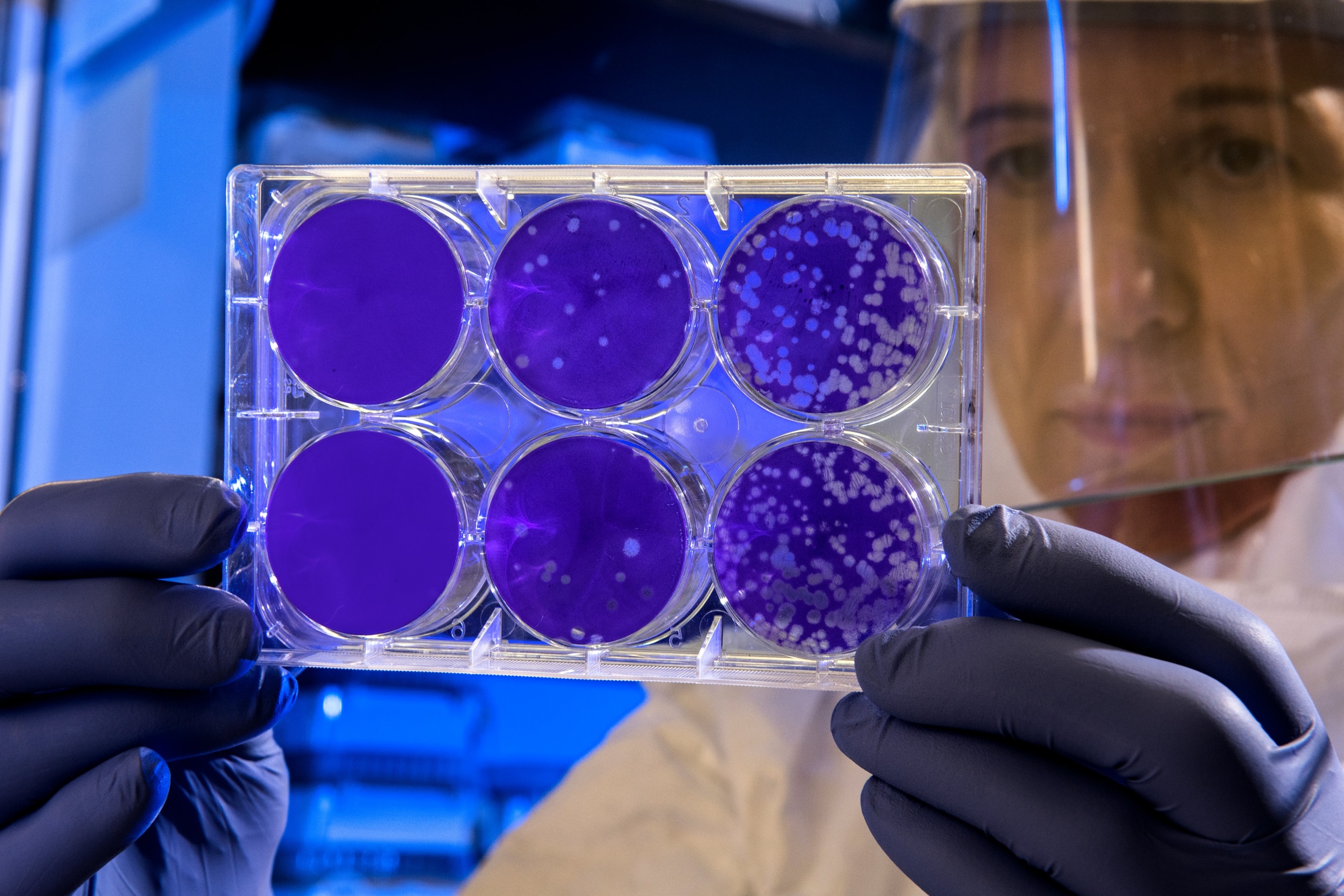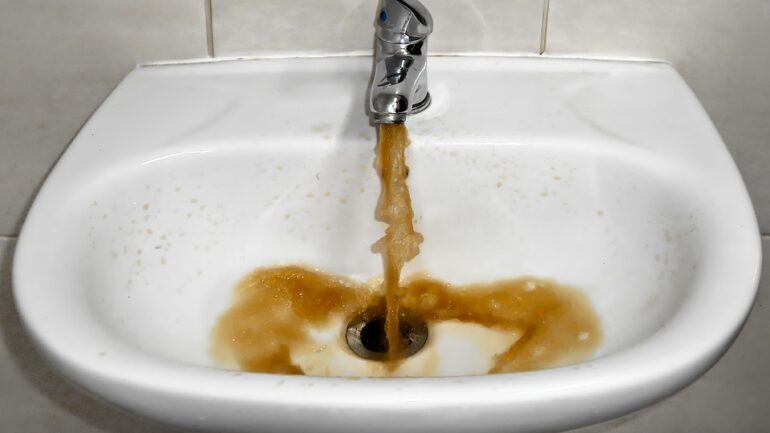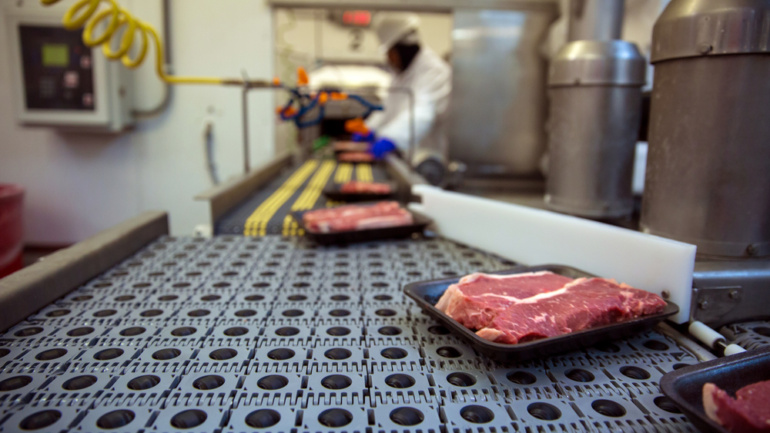By Sakshi Kabra Malpani, Publishing Associate: Researcher and Writer at Save the Water™ | January 30, 2023
Increasing city culture, industries, use of electronic equipment, and many more processes have introduced heavy metal ions like lead, arsenic, iron, cadmium, nickel into our lives, surroundings, and as well as in our water bodies. Such heavy metal ions can cause different deadly diseases like cancer, cardiovascular and neurological disorders, kidney failure, hypertension, and miscarriages. Nowadays, microorganisms based bio sorbents are being used for removing heavy metal ions from wastewater.
What Are Bio Sorbents?
Basically, bio sorbents are biological materials that are used to remove pollutants from water. They remove pollutants through a chemical and physical process by which one substance attaches to another called sorption. Microorganisms like cells of algae, fungi, yeast, and bacteria are chief bio sorbents for wastewater treatment. However, some seaweeds, fruit peels, industrial and agricultural wastes like coffee husk, and pine waste are other examples of bio sorbents. They are chiefly used to remove toxic dyes and heavy metal ions from wastewater.
How Can Microorganisms Based Bio Sorbents Be Made?
Microorganisms (Aspergillus niger, Saccharomyces cerevisiae) are isolated and cultured in laboratory conditions. Thereafter, the microorganisms are filtered, washed, dried, and ground to form powder. Afterwards, this powder is stored in an air-tight container until its use in metal ions removal from wastewater. Additionally, the surface of bio sorbents powder is treated with specific chemicals like hydrogen peroxide to enhance their sorption capacities.
How Do Bio Sorbents Work?
Biosorption is a physicochemical process which takes place on the surface of bio sorbents. Some active groups like carboxyl, amino, hydroxyl, and sulfate on the surface of the bio sorbents interact with the heavy metal ions. The heavy metal ions bind with these active groups and get removed from wastewater. Overall efficiency of this process depends on several factors. Here are a few:
- the types of heavy metal ions
- the structure of bio sorbent
- pH
- temperature
- quantity and size of bio sorbents used
- contact time between wastewater and bio sorbents
- quantity or concentration of metal ions in wastewater
Microorganisms secrete some enzymes which destroy dye molecules present in wastewater and help in their complete removal.
Benefits of Microorganisms Based Bio Sorbents
The microorganisms based bio sorbents offer many advantages in wastewater treatment:
- Such bio sorbents are very cheap as the cost of preparing and operating bio sorbents is very low.
- These materials can easily bond metal ions, so their absorption capacity is very high.
- They are easy and safe to use in treating wastewater even at larger scales.
- They are eco-friendly, non-toxic, and compatible for use in our ecosystem.
- We can reuse these bio sorbents many times.
Experiments Paving The Way in Lab
Scientists have conducted various experiments to develop microorganisms based bio sorbents for removing heavy metal ions from wastewater efficiently.
- A group of environmentalists cultivate bio sorbents from baker’s yeast or Saccharomyces cerevisiae and use them to remove lead, cadmium, and nickel from wastewater samples within 25 minutes at room temperature. These bio sorbents remain stable up to 8 months and could be recycled many times with almost 90% efficiency.
- In Egypt, scientists dried a fungus Aspergillus niger to make a bio sorbent for removing iron ions from wastewater within an hour. This bio sorbent could also be recycled and reused a number of times.
- In Romania, yeast cells of the beer industry, Saccharomyces pastorianus were used for a study. In this study, these yeast cells were bonded with natural biopolymer, sodium alginate for removing a toxic dye, methylene blue from water samples.
- Further, many agricultural wastes like groundnut and coconut shells, banana and orange peels, used coffee and tea, and many more materials were also found as potential bio sorbents in the removal of lead ions from wastewater samples.
Future Perspectives
Along with the ongoing research, researchers and the public certainly can do a lot more in the field of microorganisms based bio sorbents for removing heavy metal ions from water bodies.
- We should not dispose of our toxic wastes containing heavy metal in water bodies without any further treatment.
- We should promote the use of microorganisms based bio sorbents for wastewater treatment at large scale.
- The techniques used for treating or modifying microorganisms should be improved.
- More in-depth research is desirable for a promising utilization of these bio sorbents, so that they could compete with commercial adsorbents in the treatment of wastewater.
- A dynamic study would be necessary before a sustainable transition of such bio sorbents to real conditions.





